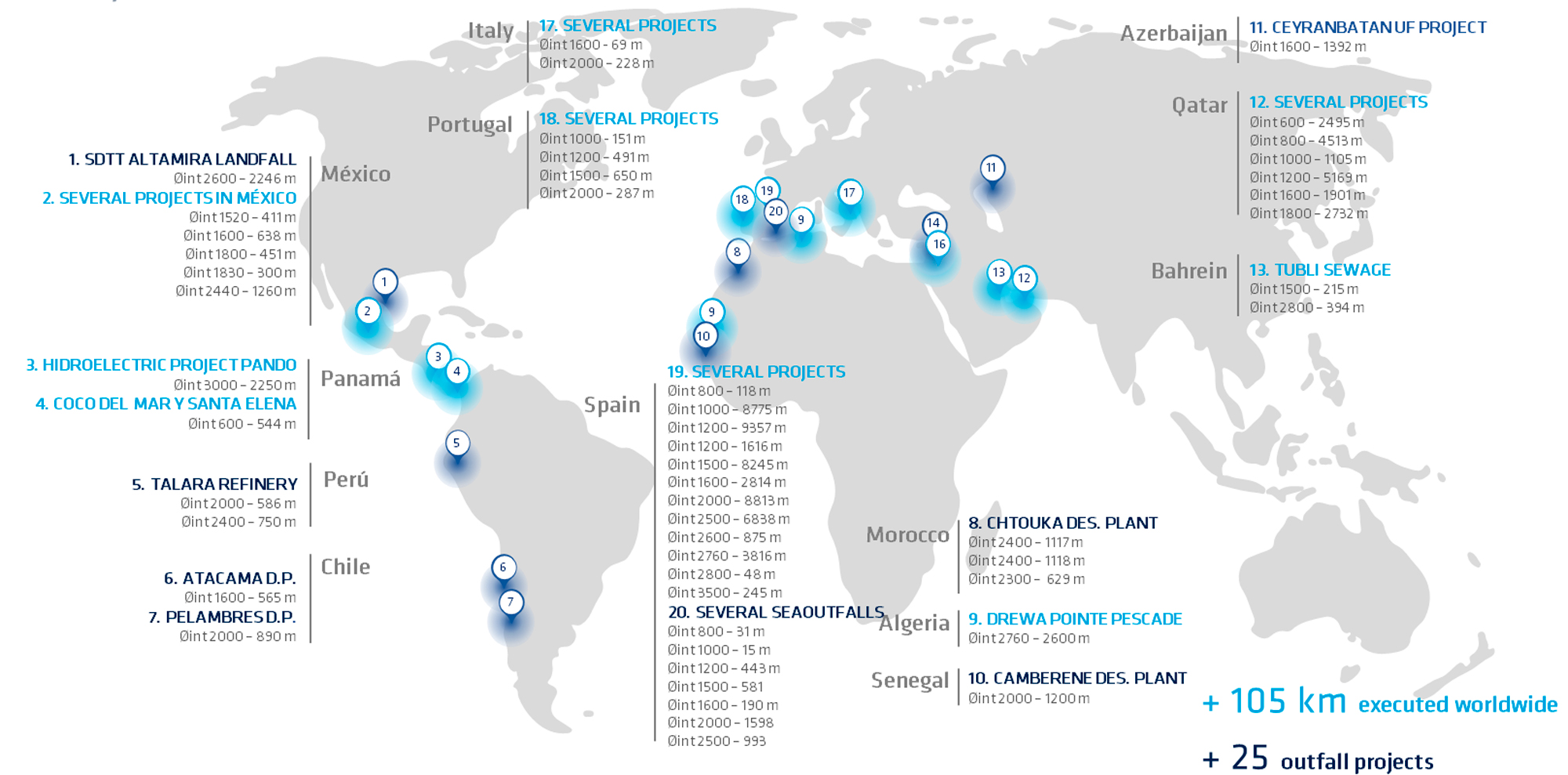Lining with pipe jacking
Eurohinca (Europea de Hincas Teledirigidas, S.A.), especialista SIN zanja desde 1996 — 14 tuneladoras y >120 km ejecutados. – desarrolla soluciones de hinca de tubería (microtúnel, MTBM) para cruces y servicios subterráneos que requieren precisión, control de presión y estanqueidad estructural.
Ejecutamos hinca de tubería (microtúnel, MTBM) para cruces y servicios enterrados con trazado preciso y control de presión/estanqueidad.
Complementamos con HDD y
Direct Pipe.
See infrastructure crossings,
cruces de ríos,
submarine emissaries,
captaciones y
referencias.
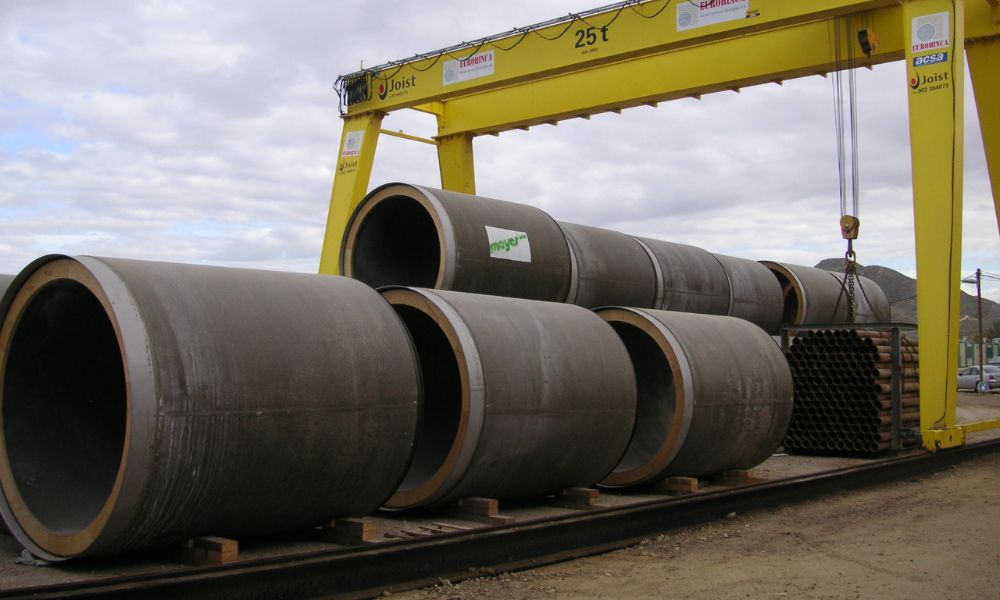
Pipe jacking process: installation and coating
The Reinforced concrete pipe driving permite instalar tuberías sin abrir zanjas, incluso en terrenos saturados, con presencia de nivel freático, o bajo carreteras y vías férreas. Mientras el cabezal de excavación avanza desde el attack shaft, la tubería definitiva progresa mediante empuje hidráulico, garantizando así alineación, pendiente y capacidad estructural en toda la longitud del tramo.
Durante la excavación, la tuneladora controla presión, extracción de detrito y parámetros de cámara, evitando asentamientos y manteniendo la estabilidad del frente. Tras alcanzar el pozo de recepción, se extrae el escudo y se inspecciona la conducción mediante CCTV, pruebas hidráulicas y controles geométricos.
Consulta nuestros proyectos ejecutados con hinca de tubería para ver casos en distintos terrenos y profundidades.
Pipe types and pipe driving techniques
En función del terreno, diámetro y uso final, se emplean distintos tipos de tubería:
Hormigón armado, por su resistencia estructural y durabilidad.
Gres vitrificado, ideal para redes de saneamiento.
Acero, en suelos inestables o cruces especiales.
Durante el proceso se puede aplicar mortero de trasdós para estabilizar el tubo, y usar métodos auxiliares como el empuje guiado, escudo cerrado o guiado automático.
Este tipo de instalación está regulada por la ASTM D2321, normativa internacional para la colocación estructural de tuberías en obras subterráneas mediante métodos sin zanja.
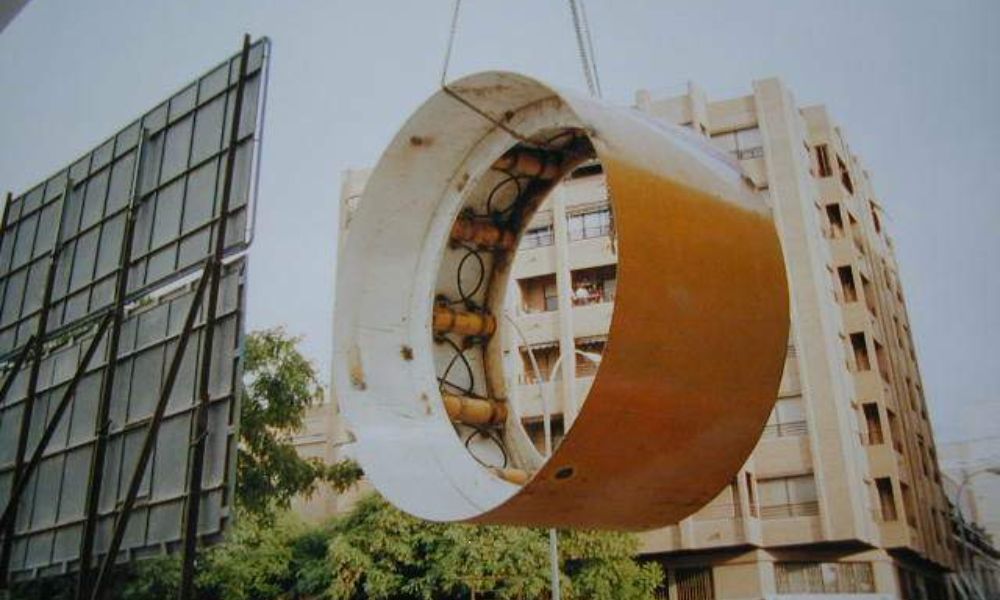
Especificaciones del servicio de hinca de tubería
La hinca de tubería se diseña y ejecuta en función de una serie de parámetros técnicos y condiciones de obra que determinan la viabilidad, el método constructivo y los requisitos necesarios para garantizar un cruce subterráneo seguro y preciso. A continuación se resumen los aspectos que, de manera general, definen este servicio:
• Aplicaciones principales: Cruces SIN zanja bajo carreteras, vías férreas, zonas urbanas, industrias, ríos y cauces, así como conexiones a colectores, redes de abastecimiento o tramos asociados a emisarios y captaciones.
• Rango de diámetros (DN): Adaptable a distintos diámetros según el proyecto y el tipo de tubería empleada. La selección se realiza en fase de ingeniería considerando esfuerzos, empuje y condiciones del entorno.
• Longitud típica de los tramos: Trazados rectos o con curvaturas suaves, con longitudes que dependen del diámetro, del coeficiente de rozamiento y de la posibilidad de utilizar estaciones intermedias de empuje cuando es necesario.
• Condiciones de terreno adecuadas: Suelos cohesivos, mixtos y granulares estabilizados. Se puede trabajar en presencia de nivel freático o terrenos saturados utilizando cabezales presurizados (EPB o sistemas de soporte con lodos).
• Requisitos previos de obra civil: Construcción de un pozo de ataque y un pozo de recepción con dimensiones y accesos compatibles con la tuneladora, la logística de tubería, planta de lodos y equipos auxiliares.
• Método constructivo y equipos: Ejecución mediante tuneladora teledirigida (MTBM) con empuje hidráulico, lubricación y control continuo de avance, presión, extracción de detrito y guiado láser o giroscópico según trazado.
• Materiales de tubería utilizados: Hormigón armado como solución habitual, además de acero u otros materiales específicos según necesidades hidráulicas, estructurales o normativas del proyecto.
• Control de calidad y seguridad: Monitorización de alineación, empujes, par de corte, estado de la cámara, volumen excavado, estabilidad del frente y condiciones de trabajo en pozos. La conducción se valida mediante CCTV, pruebas de estanqueidad y control geométrico final.
What they think of us
Compañías de obra civil, ingeniería y entidades públicas valoran la precisión técnica de Eurohinca, nuestra capacidad de adaptación y el cumplimiento riguroso de plazos.
Projects around the world
Más de 105 km de infraestructura subterránea ejecutada en zonas urbanas, cruces de carreteras y pasos bajo vías. Nuestra experiencia incluye proyectos en España, México, Perú, Panamá y Filipinas.
Descubre nuestras obras realizadas y casos adaptados a distintas condiciones geotécnicas.
Request for information
¿Buscas una solución técnica para un cruce subterráneo sin zanja?
Rellena el formulario y te enviaremos detalles de aplicación, planos tipo y casos reales comparables. Respuesta en 48h.
Casos de éxito y tecnologías para hinca de tubería
Explora contenidos sobre planificación, técnicas de empuje y recomendaciones para obras sin zanja.
Leer más artículos
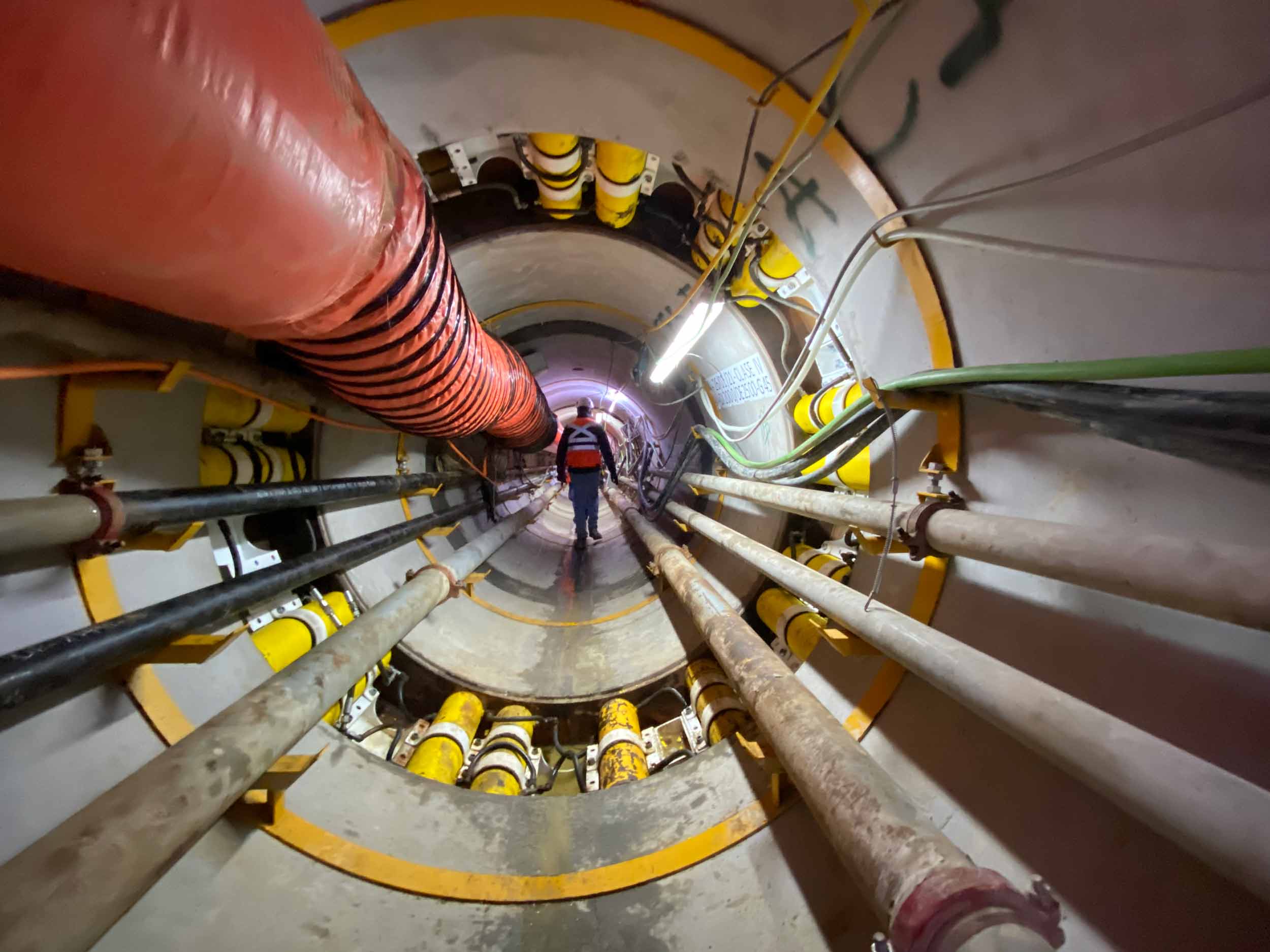
From pipe jacking to tunnel boring machine: Key tools in project execution
In subway construction, the evolution of techniques and machinery is essential to carry out projects with quality, safety
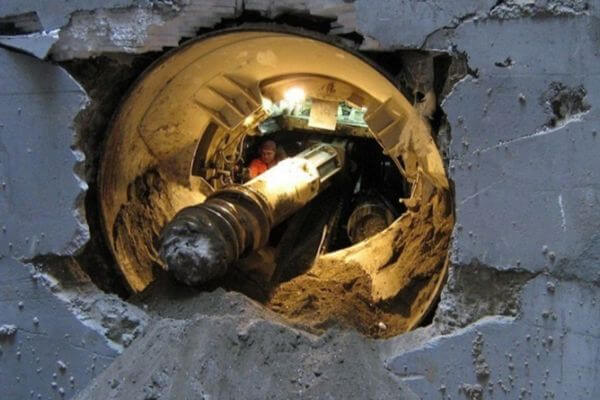
What is driving in civil works?
Pile driving is a non-invasive construction method that allows the installation of subway pipelines and conduits by controlled pressure.
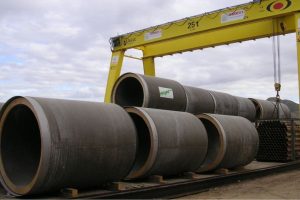
What is a pipe jacking?
Pipe jacking, also known as pipe jacking, is a pipe installation technique that is used to
Frequently asked questions about pipe ramming lining
La hinca de tubería es una técnica sin zanja que permite instalar tuberías con precisión milimétrica, sin afectar la superficie. Mediante empuje hidráulico y control de alineación, se consiguen soluciones seguras y duraderas para redes de saneamiento, drenaje o servicios industriales.
¿Tienes más dudas? Consulta nuestra sección de frequent questions.
What is pipe ramming and how is it performed?
The pipe ramming is a process in which prefabricated cylindrical pipes are installed in a subway tunnel. It is carried out by pushing the pipes from an attack shaft, using thrust cylinders that transfer the stress to the tunnel boring machine located at the face. During installation, bentonite or polymers can be injected to reduce friction and facilitate advancement.
What are the types of pipes used in ramming?
In the pipe rammingDepending on the project and soil conditions, various types of pipes are used. The most common include the reinforced concrete pipeThe most common types of pipes are the steel pipe, the polycrete or polyester resin pipe, and the ceramic or stoneware pipe. Each type of pipe is selected according to its characteristics and the required resistance.
What role do intermediate stations play in pipe ramming?
The intermediate stations in the pipe ramming are installed in long lengths to distribute the thrust stresses over several pipe segments. These stations help maintain process stability and reduce the risk of pipe deformation or failure, especially in long projects.
How is the tightness of the pipes ensured during installation?
Each drive pipe is fitted with a gasket on the nozzle to ensure a tight seal. watertightness. In addition, a "dolly" is incorporated into the pipe tail to absorb irregularities and facilitate a secure joint between the pipes, preventing leaks and ensuring efficient integration with the concrete.
What is the microtunneling or closed shield technique and how is it applied?
The microtunneling or closed shield technique is a method of subway excavation that uses a closed shield tunnel boring machine to perform excavation and lining simultaneously. This technique is ideal for difficult conditions and is used to install pipelines in tunnels with high precision and control.
What safety measures are taken during the pipe driving process?
During the pipe rammingIn addition, several safety measures are implemented, such as constant monitoring of ground conditions and equipment, regular maintenance of machinery, and training of personnel. Support and stabilization systems are also used to prevent problems during installation and ensure a safe working environment.

